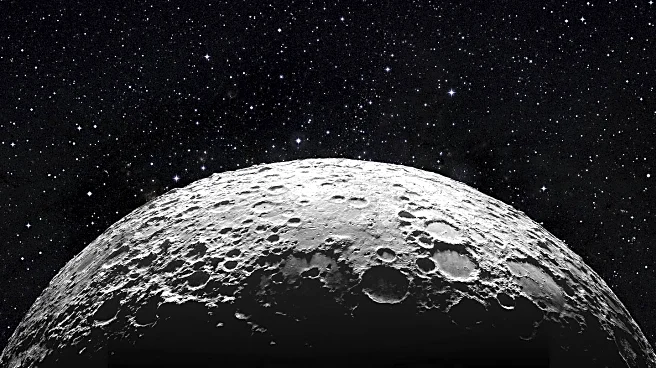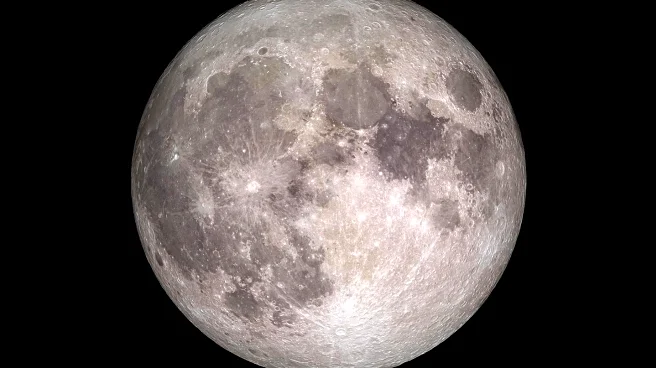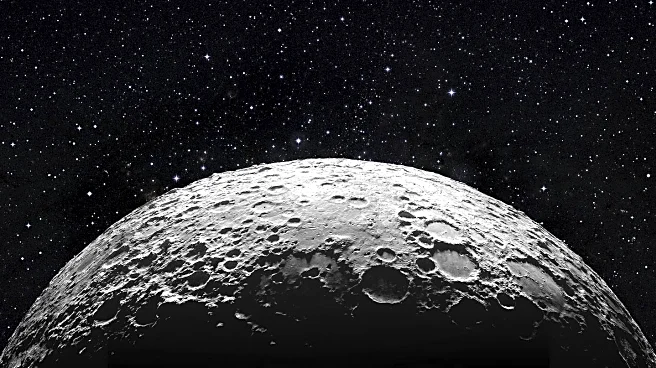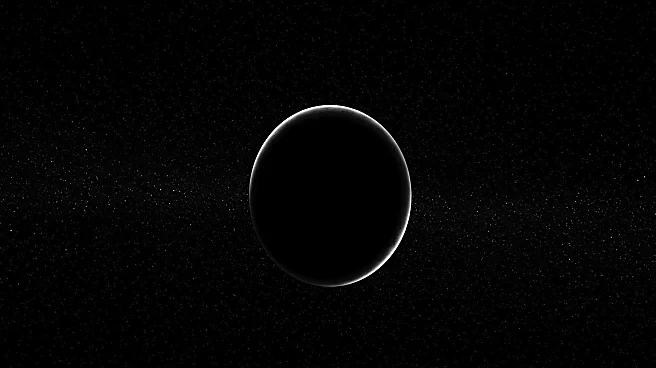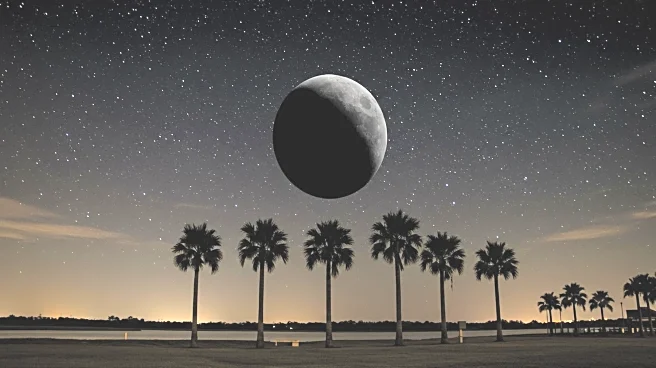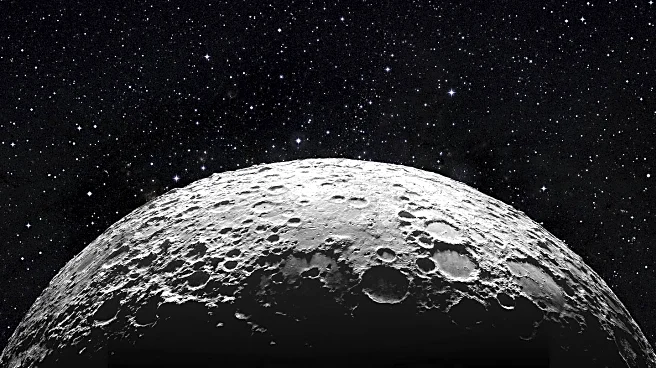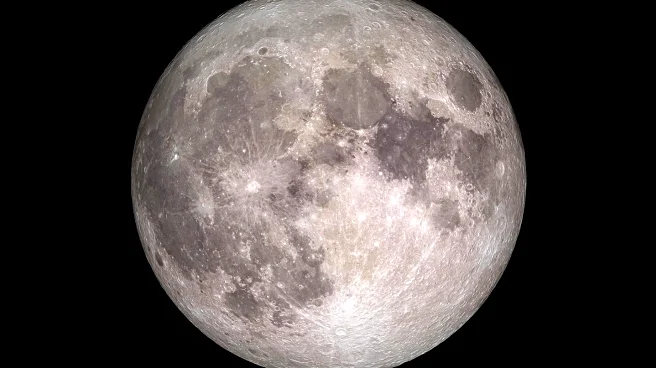What's Happening?
A 'black moon' is occurring on August 23, 2025, marking a rare lunar event where the third new moon appears in a season with four new moons. This phenomenon is not an official astronomical term but is recognized for its rarity and the unique stargazing conditions it creates. The black moon peaked at 2:06 a.m. ET, but its effects will be noticeable throughout the night, providing an excellent opportunity for stargazing as the absence of moonlight allows for clearer views of celestial objects. This event occurs approximately every 33 months.
Why It's Important?
The black moon is significant for astronomers and stargazers as it provides an opportunity to observe the night sky with minimal light interference. This can enhance the visibility of stars, galaxies, and other celestial phenomena that are typically obscured by moonlight. The event draws interest from both amateur and professional astronomers, offering a chance to explore the night sky in greater detail. The rarity of the black moon adds to its allure, making it a noteworthy event in the astronomical community.
What's Next?
Following the black moon, a thin crescent of the moon will become visible on August 23 and 24, shortly after sunset. Stargazers are encouraged to take advantage of this period for optimal viewing conditions. The next black moon is anticipated to occur on August 31, 2027, providing another opportunity for similar observations. Astronomy clubs and enthusiasts may organize events or gatherings to maximize the stargazing experience during this time.
